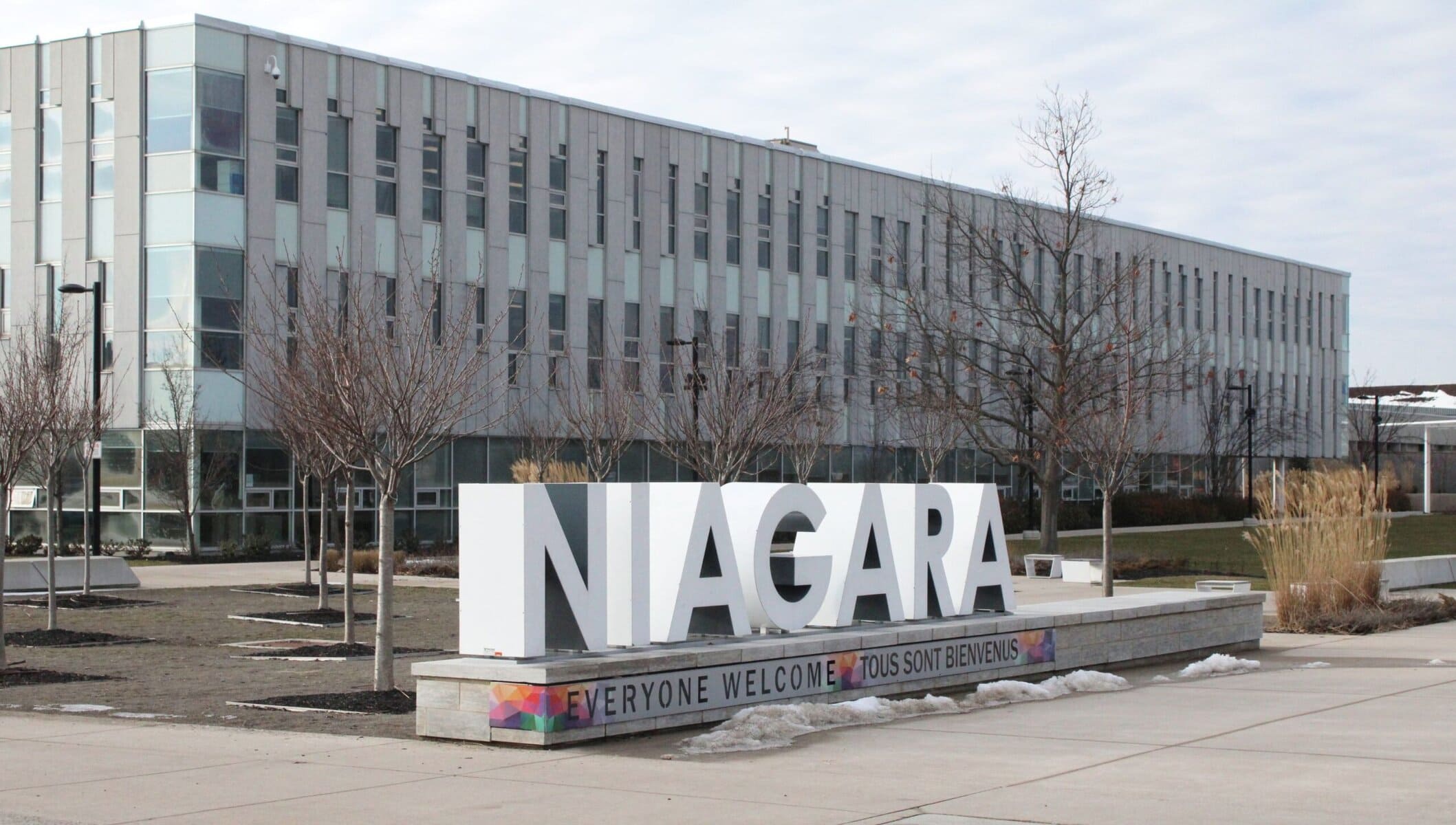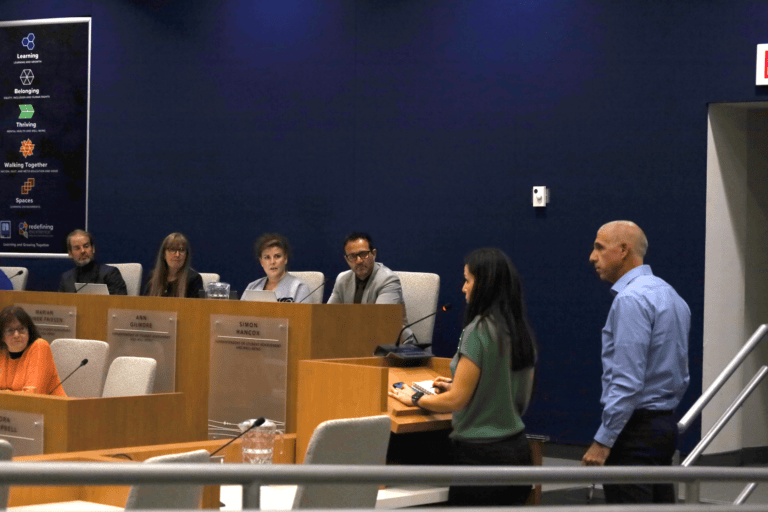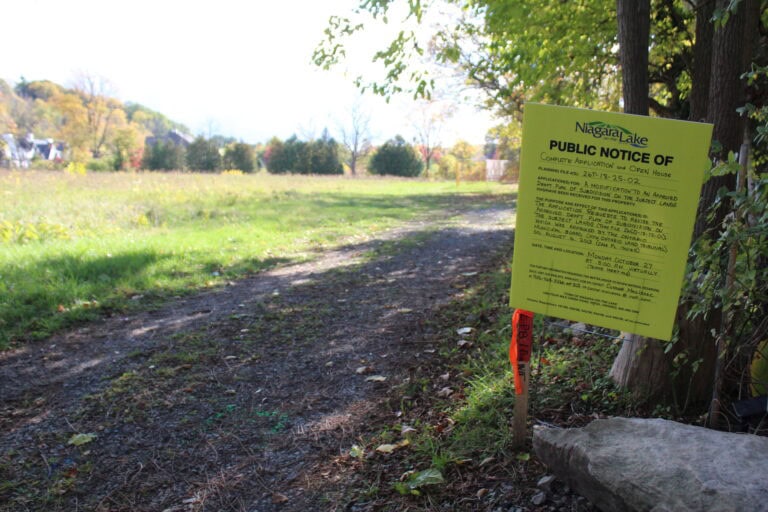A new five-year safety plan from Niagara Region is putting renewed focus on crisis intervention in Niagara-on-the-Lake, aiming to stop crises before they happen.
The 2025–2029 Community Safety and Well-Being Plan, endorsed by regional council this summer, outlines support for tools such as situation tables — weekly meetings where agencies collaborate to assist residents facing urgent, high-risk challenges.
The region says the model is effective.
Jessica Thompson, Niagara Region’s program manager for community safety and well-being, said the meetings bring together police, social workers, health professionals, housing and addiction support, and other services to create crisis-prevention plans for people facing serious risks to address complex social issues.
“The goal is to quickly bring the right services together to support someone before things reach a crisis point,” she said.
Cases may stem from mental health challenges, addiction, unstable housing, poverty, family conflict, being a victim of crime or involvement with the justice system, she said.
Trained representatives from participating agencies — including Niagara Regional Police — refer high-risk cases to the tables when a rapid, multi-agency response is needed. The group then meets to assess whether the case meets the threshold for acute risk.
If it does, members share information confidentially and develop a crisis-prevention plan within 24 to 48 hours.
“It’s about acting early and working together,” Thompson said. “The goal is to improve safety and well-being for all.”
Once a plan is in place, the table closes the case and the appropriate agencies step in to provide ongoing support.
Thompson said, for example, a situation table might respond to a case where a local agency raises concerns about a man facing eviction. Say he lives alone, has no family support, survives on a fixed income, struggles with serious health issues without a doctor, and is at risk of being victimized again after being taken advantage of in the past.
“This complex situation raises significant concerns. Without help, it could become an emergency,” she said.
“(A situation table) would quickly come together to create a plan and connect him with the right supports to keep him safe and housed.”
This collaborative model helps bridge services and creates a more comprehensive system “to tackle complex social issues at their root,” Thompson said.
Public Safety Canada reports that similar collaborative strategies have saved $890,000 in federal costs.
The region’s renewed focus on crisis intervention is part of a broader goal to ensure every municipality, including Niagara-on-the-Lake, has a clear plan in place to support residents before a crisis occurs.
The full plan is available at niagararegion.ca/community-safety/plan.aspx.










